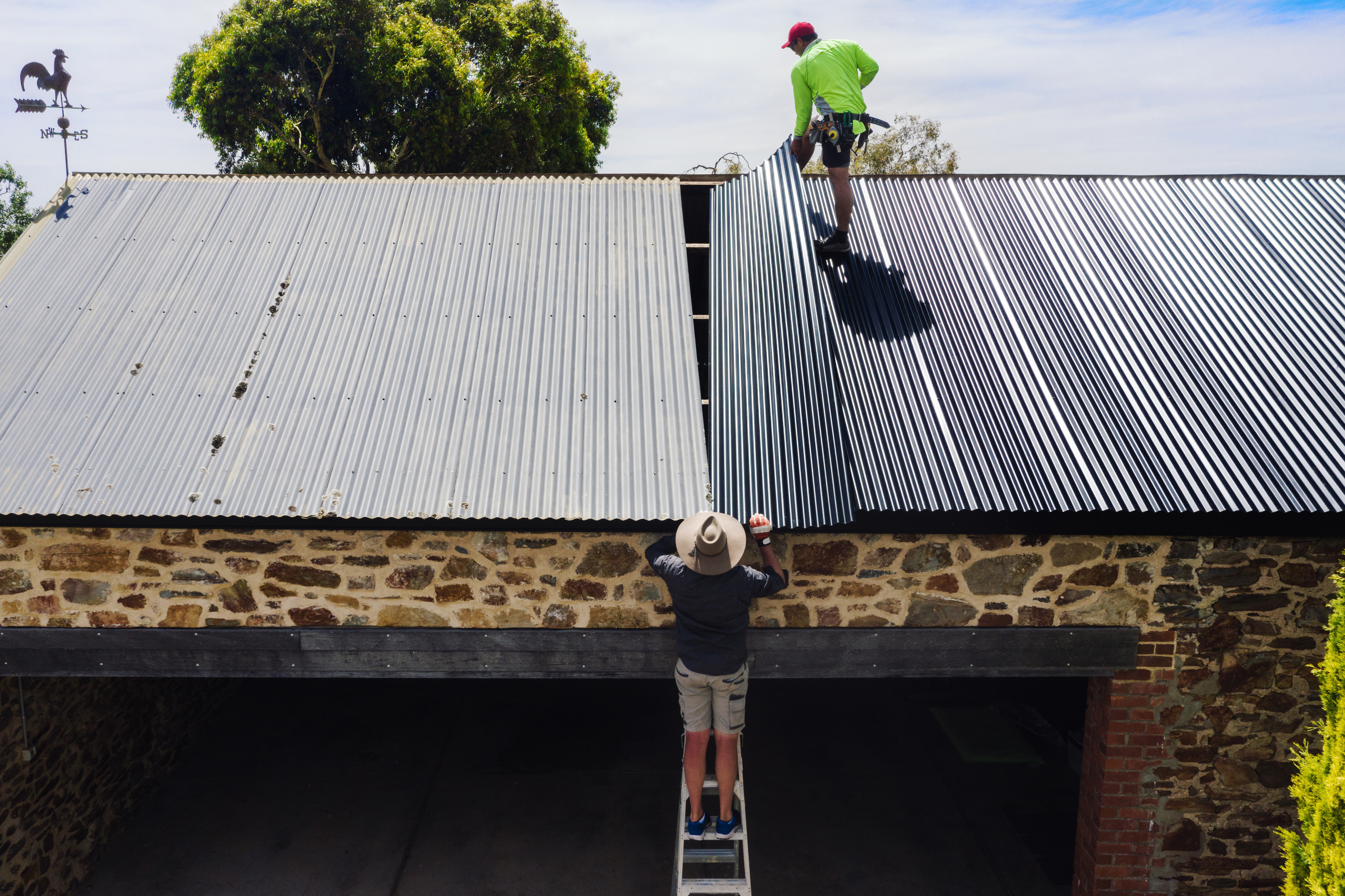
Learn about metal roof costs in Dallas and what factors affect pricing to get an idea of how much you should budget for your roof project.
Installing a roof ridge vent costs $500 on average, but it can cost between $200 and $1,000, depending on size, labor costs, and roof specifics.
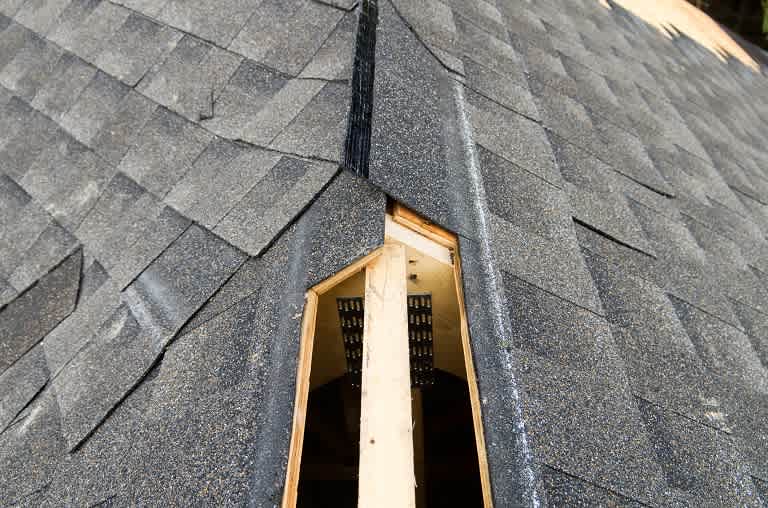

Installing ridge vents is the easiest and most affordable way to replace a roof, so time this project with a roof replacement for savings.
Roofers charge by the linear foot for installing roof vents, so vents on roofs with longer ridges will always cost more.
More complex roof styles with multiple ridges will drive up your price. Installation costs are lowest for simple gable roofs.
Attic vents and box vents are more affordable options and can provide similar ventilation. Speak with your professional about which type is best for your home.
A ridge vent costs between $300 and $650 on average, with most people paying about $500. Your final costs will vary based on the size, type, and number of units you install. A local professional will be able to give you more accurate information in terms of pricing.
What does a roof ridge vent do? Moisture is a sneaky menace when it comes to your roof. Condensation is a common winter roofing issue, as well as during other times of the year, so it is important to have adequate ventilation to get rid of all that moist air. Ridge vents offer ventilation along the length of your roof’s peak, giving moist air plenty of room to escape so your roof—and everything beneath it—stays dry.
When you are planning to replace your roof, understanding the ridge vent installation cost will help you get a better idea of the total roof replacement cost. Things like attic size, roof pitch, and old vent removal, among other factors, can add to the final bill, so you do not want to be caught unawares.
The size of your attic will determine how much ventilation it needs and, therefore, how many ridge vents should be installed.
Steeply pitched roofs are more difficult to walk on and work on, so if you are having ridge vents installed on a roof with a steep slope, they may cost more due to the increased risk and difficulty.
If you are having old vents removed and replaced, there will be a cost associated with the old vent removal and disposal. If the vent is being removed but not replaced, the roofers will have to repair the hole where the old vent was, which will add to the total cost.
Labor to install roof ridge vents can cost between $100 and $400. It may be less if the replacement is part of a larger roofing project.
Permits may be required, depending on the scope of the project. Be sure to ask your local roofing repair contractor if they will apply for the permit or if you should. If you are in charge of obtaining the permit, do it as quickly as possible to avoid project delays.
When considering roof vent costs, there are a few good options available to you. Ridge vents typically rank at the top of the cost pyramid, but they have a lot of good qualities to show for it. Below are the most common types of roof vents and what they generally cost, but keep in mind that a local attic fan installer will be able to give you the most up-to-date estimate.
| Type of Vent | Cost |
|---|---|
| Ridge vent | $300 – $650 |
| Box vent | $500 per unit |
| Soffit vents | $315 – $465 |
| Gable roof vents | $60 – $150 per unit |
| Roof turbine | $65 – $250 |
The average roof ridge vent installation cost is $300 to $650, including labor and materials. While it is a pricier option than some of the others, you are treating yourself to the most effective non-powered roof ventilation system. It also blends in with your roof for a much sleeker look than other vents.
A roof vent will cost around $500 per unit. Also known as a “box vent” or “low profile vent,” this type of vent costs less than other styles, plus it will not require new shingles when you install it. It is also simple to add to an existing roof. There is, however, only one point of entry for airflow and it can have a “boxy” appearance that many homeowners dislike.
Because box vents only allow for one square foot of outtake ventilation, it often takes several of them to provide adequate ventilation. This means more holes cut in your roof, which increases the chances of having a leak if installed incorrectly.
Note that it is essential to inspect your roof every six months if you choose to install these, as they are especially prone to debris and can harbor small critters.
Soffit ventilation units cost between $2 and $10 per linear foot, plus $45 to $75 per hour for labor. The average cost to install soffit units is about $315 to $465. Soffit vents work to improve the efficiency of ridge, roof, and gable vents. Plus, because they are placed on the bottom of the roof’s eaves, they have a very subtle look.
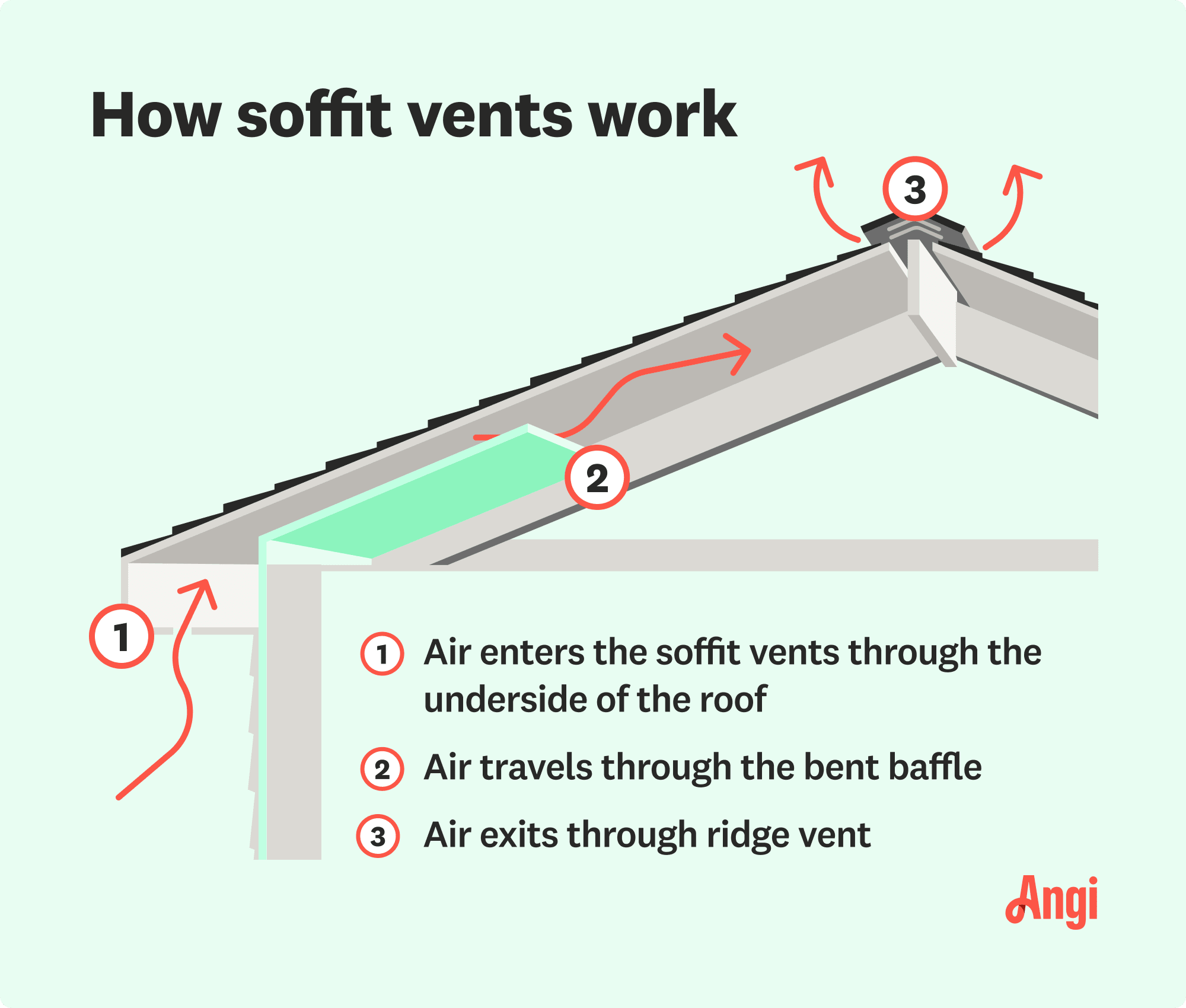
Gable ventilation units are the least expensive option at about $60 to $150 per unit, plus about $70 per hour in labor costs. These are nice to look at and can mount right to your attic fan. As with a roof vent, however, there is only one exit and entry point for airflow.
Note that if you are installing a ridge vent with an existing gable vent, it is best to seal the gable. This is because gables can disrupt the airflow, doing more harm to your attic than good.
A roof turbine installation will cost around $65 to $250, which includes labor and materials. The units themselves are usually $20 to $100 each. These contain a fan that works by catching wind, which turns the fan and brings up air from the attic, dispersing it outdoors.
Note that wind turbines can get damaged easily by falling debris or rodents and may start to creak with old age. Sometimes older units can emit a high-pitched noise. Also, as with box vents, you may need several of them to ventilate an attic space properly, which means more potential leak points.
First and foremost, let’s not forget Clark Griswold. Working on a roof is extremely dangerous, and you should not consider doing it unless you really, really know what you are doing.
It is also worth noting that this is an advanced level DIY project with a high risk of error. A roofer can install a ridge vent for you. Hiring a roofing repair contractor near you will prevent the need for any costly repairs, leaks, or other damage caused by improper installation.
If you have the experience to tackle this project on your own, there are some key costs to consider. Hopefully, you already have a ladder that can safely reach your roof, because a new one could cost $250 to $350 or more. Considering that the average cost to install the ridge vent professionally is around $300 to $650, it would likely make the most sense to call a pro if you do not have a ladder handy.
Your ridge vent price usually goes by four-foot sections for around $8 to $12 each. For metal roofs, straps and connector plugs to adjoin the sections will go for about $5 to $6 apiece.
Here are the other supplies you will need, along with some ballpark cost estimates:
| Material | Cost |
|---|---|
| Roofing nails | $10 – $15 |
| Roofing screws with neoprene washers | $30 |
| Polyurethane caulk | $8 |
| Hammer | $7 |
| Cat’s paw pry bar or utility bar | $6 |
| Utility knife (hook blade) | $15 |
| Chalk line | $8 |
| Circular saw | $150 |
| Fall protection kit | $120 |
| Total | $354 |
Let’s not forget Clark Griswold—working on a roof is extremely dangerous and should not be attempted by DIYers. Hire a roofing repair contractor near you to install a ridge vent and enjoy the peace of mind that comes with knowing the job will be done correctly and safely.
Here are some of the benefits of hiring a roofer for your ridge vent installation:
Roofers use harnesses to help prevent injury in case of a misstep or slip, while most DIYers don’t have proper safety equipment on hand.
A pro can make precise, accurate cuts into your roof during the prep stages.
Roof repair experts are knowledgeable about local regulations, ensuring your ridge vent is up to code.
Some roofers offer warranties for materials and workmanship.
Your roofer can complete the job within one to two days.
A professionally installed ridge vent will provide the right amount of ventilation while helping you avoid common issues, such as water leaks and mold growth.
Even if you can’t save labor costs by installing a ridge vent as a DIY project, there are still some ways to lower the cost of installation. If you’re having other roof work done, ask your roofer if they offer a deal when you add additional installation to the existing project. It’s often easier to bundle different kinds of roof work together, since the contractor will already be up the ladder and on the roof.
You can also install your ridge vent during the roofing off-season, when contractors are more likely to have open time in their schedules to fill. Some companies offer a discount for work done during slow seasons.
Some roofers may want to inspect your attic, so ask them ahead of time so you can clear the entryway as needed.
For replacements, clarify the cost of removing the old ridge vent with your pro.
Go over the project timeline and ask if you can save by scheduling during the off-season.
Ask if your roof repair pro handles soffit vent installation in addition to ridge vents.
Home is the most important place on earth, which is why Angi has helped more than 150 million homeowners transform their houses into homes they adore. To help homeowners with their next project, Angi provides readers with the most accurate cost data and upholds strict editorial standards. We extensively research project costs to develop the pricing data you see, so you can make the best decisions for you and your home. We rely on reputable sources, including the U.S. Bureau of Labor Statistics, academic journals, market studies, and interviews with industry experts—all to ensure our prices reflect real-world projects.
Want to help us improve our cost data? Send us a recent project quote to [email protected]. Quotes and personal information will not be shared publicly.
From average costs to expert advice, get all the answers you need to get your job done.

Learn about metal roof costs in Dallas and what factors affect pricing to get an idea of how much you should budget for your roof project.
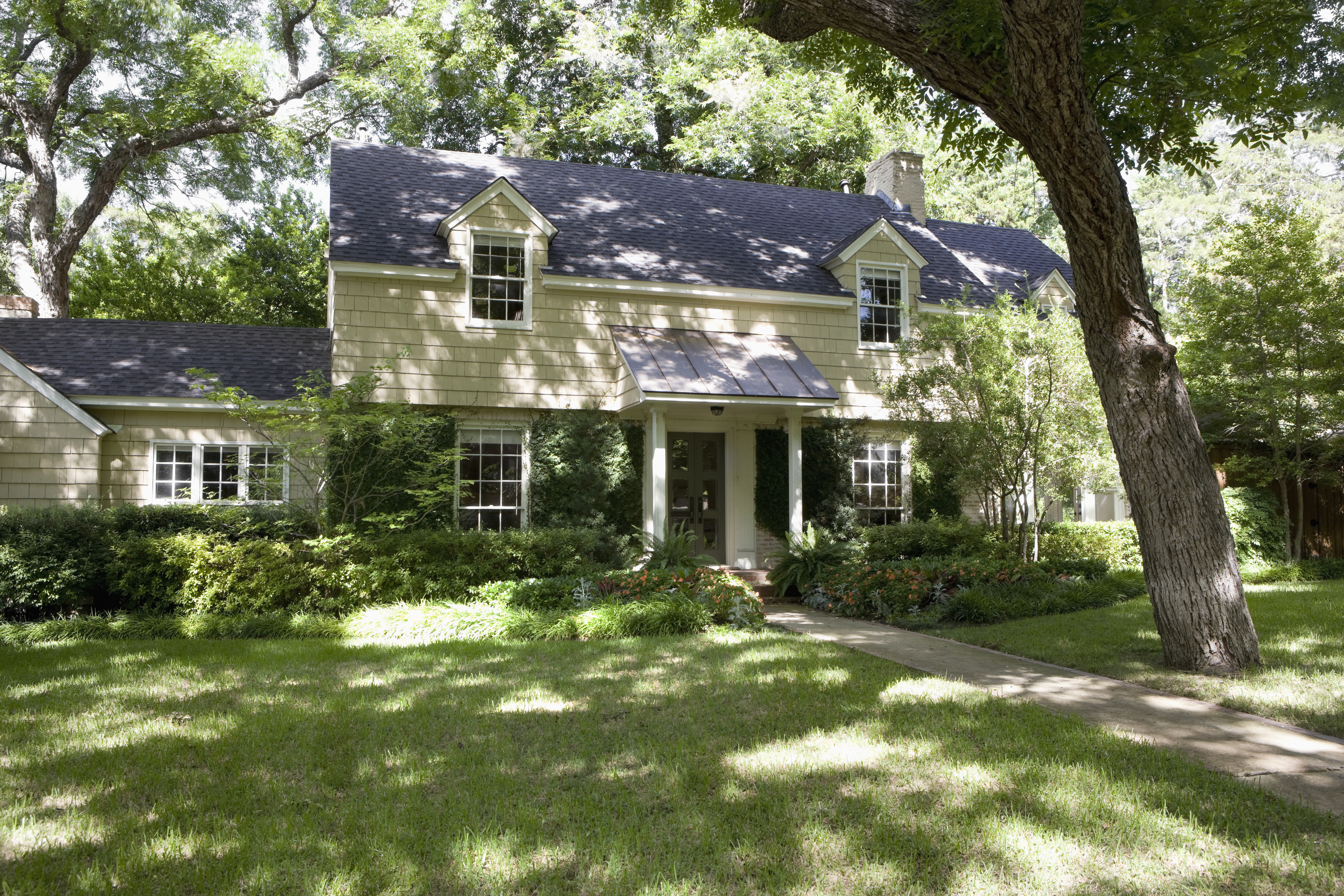
Roof replacement costs in Dallas depend on roof size, material, and more. Find out how much roof replacement costs in Dallas and what affects the final price.
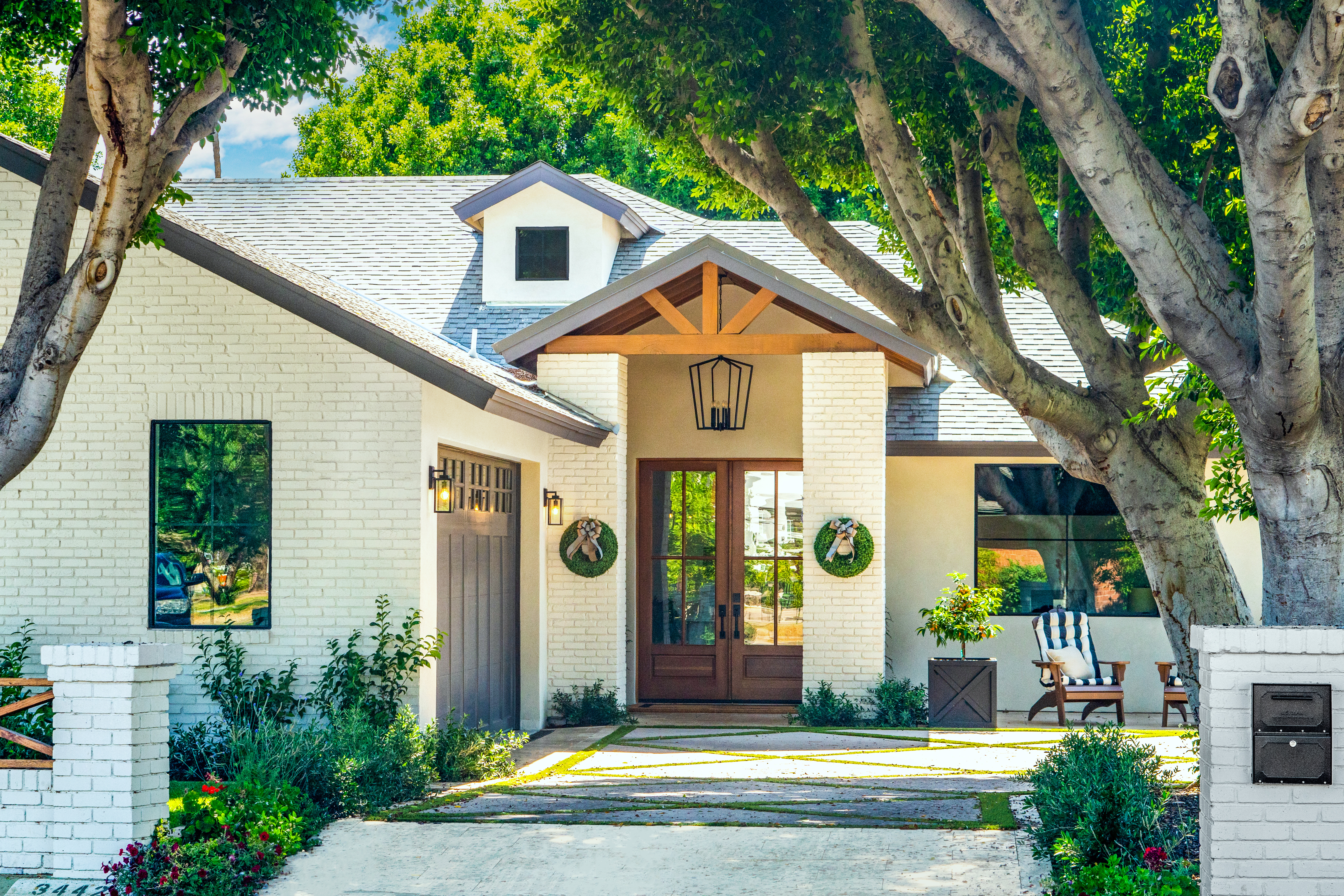
Roof repair costs in Dallas vary based on the type and extent of the damage and your roofing material. Learn how much roof repair costs in Dallas with our guide.

Most roofing professionals are hardworking and ethical, but there are a few bad apples to watch out for. Learn how to avoid the 12 most common roofing scams.

Your home's new tin roof cost will depend on several factors, including its size, materials, style chosen, complexity, and added options.

Dormer additions are both stylish and practical. Check out how to increase your attic's living space while boosting your home's curb appeal.